Tether and Circle have long controlled the stablecoin landscape, with USDT and USDC serving as the primary dollar-pegged tokens across most of the crypto market. But as the industry matures and new players enter the space, their dominance is being tested by both technological innovation and regulatory developments that could reshape the balance of power.
One major challenge comes from blockchain-native projects and DeFi platforms launching their own stablecoins with unique features, such as on-chain transparency, composability, and integration with specific ecosystems. These alternatives are starting to capture market share, particularly in communities that value decentralization or want more specialized utility beyond basic dollar-pegged transfers.
Regulators are also playing a larger role. With clearer rules emerging in regions like the European Union through frameworks such as MiCA, traditional financial institutions and fintech startups are more comfortable exploring stablecoin issuance. As regulated and region-specific tokens gain traction, Tether and Circle may find it harder to maintain their global reach without adapting to local requirements.
At the same time, changing investor expectations are forcing stablecoin providers to focus more on transparency, reserve audits, and integration across multiple chains. Tether and Circle still hold a massive lead in volume and infrastructure, but they can no longer rely on their first-mover advantage alone. As competition heats up, the stablecoin race is shifting from simply providing liquidity to offering trust, utility, and compliance in an increasingly crowded market.

.svg)

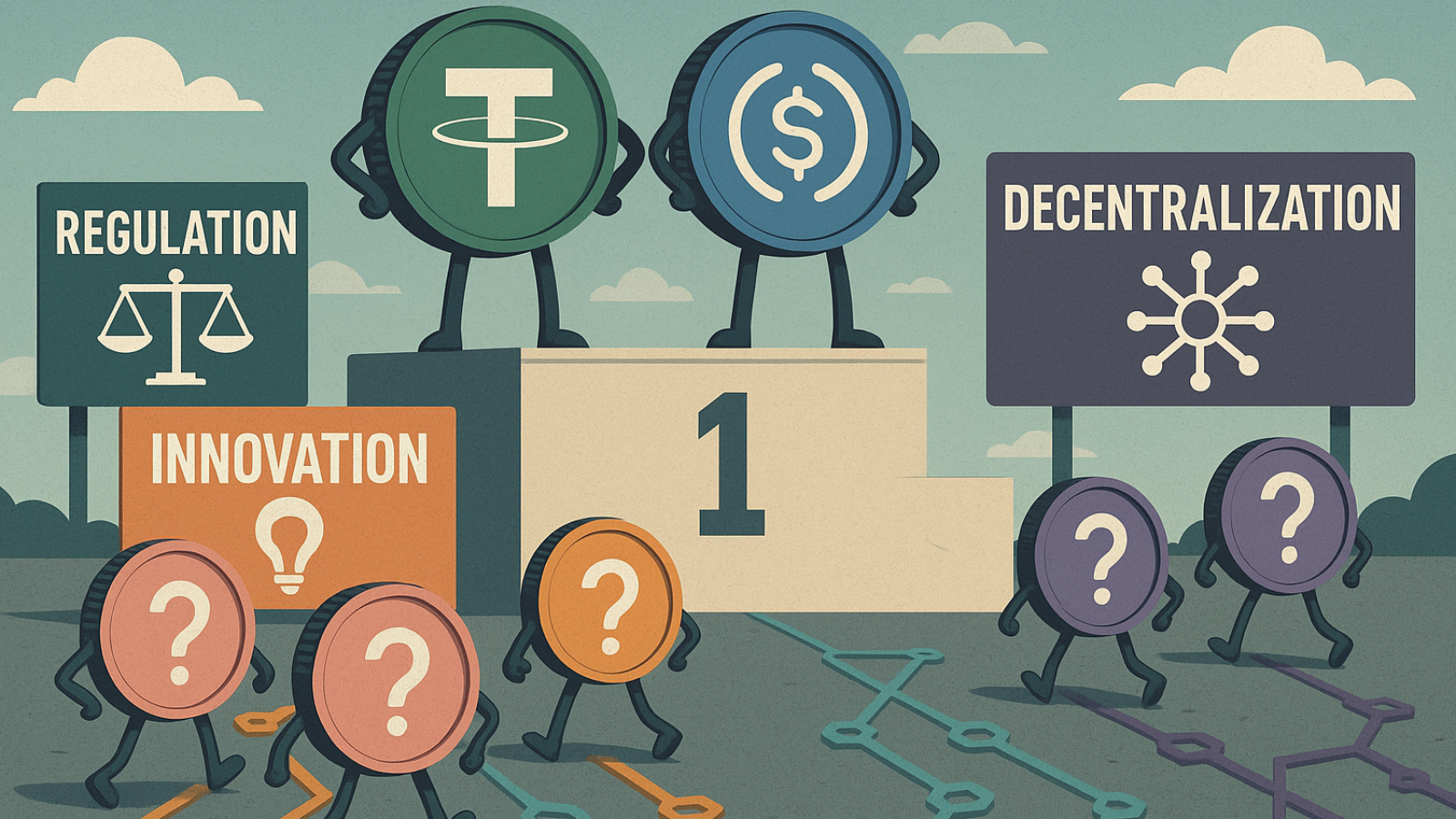

















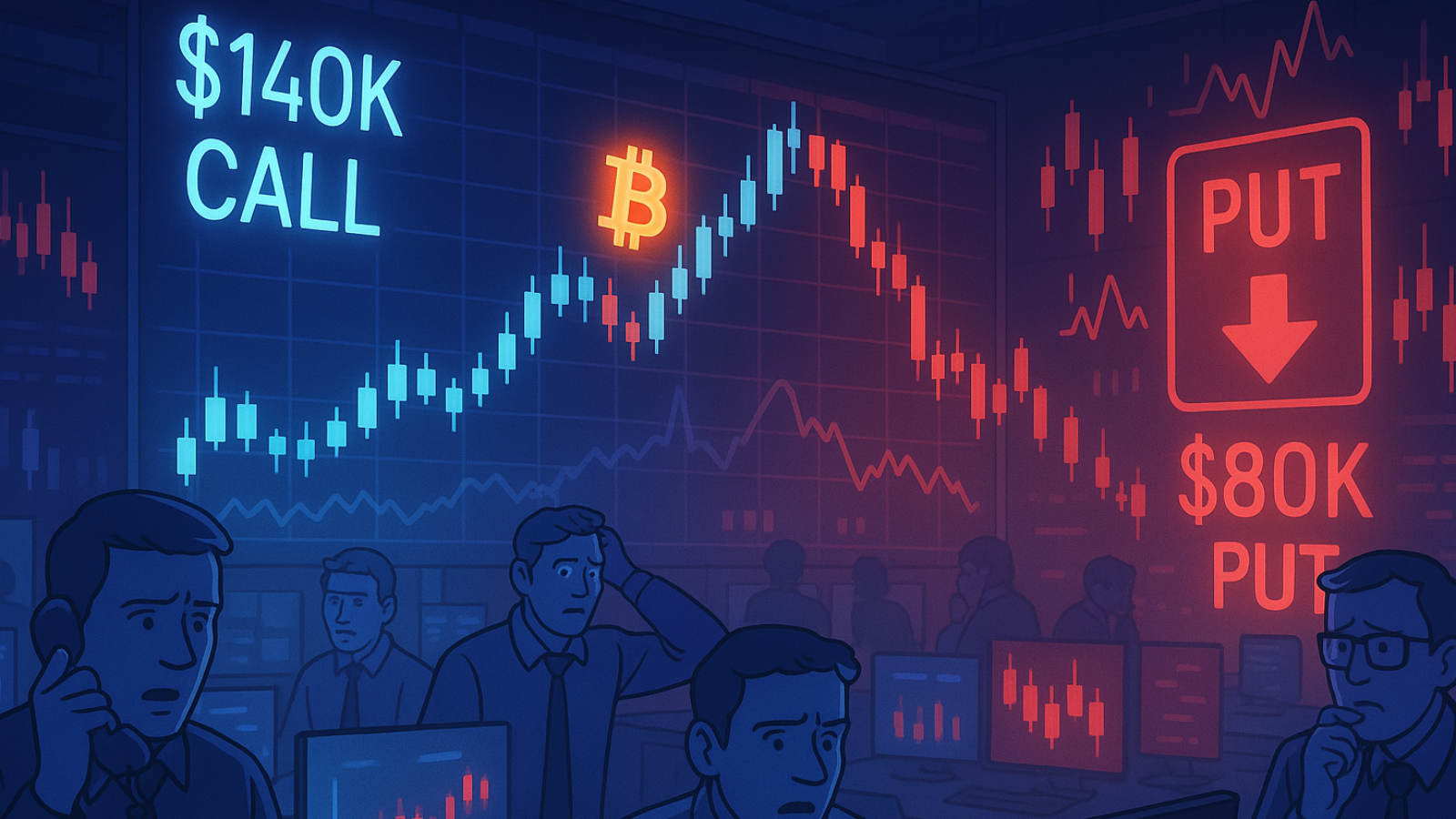






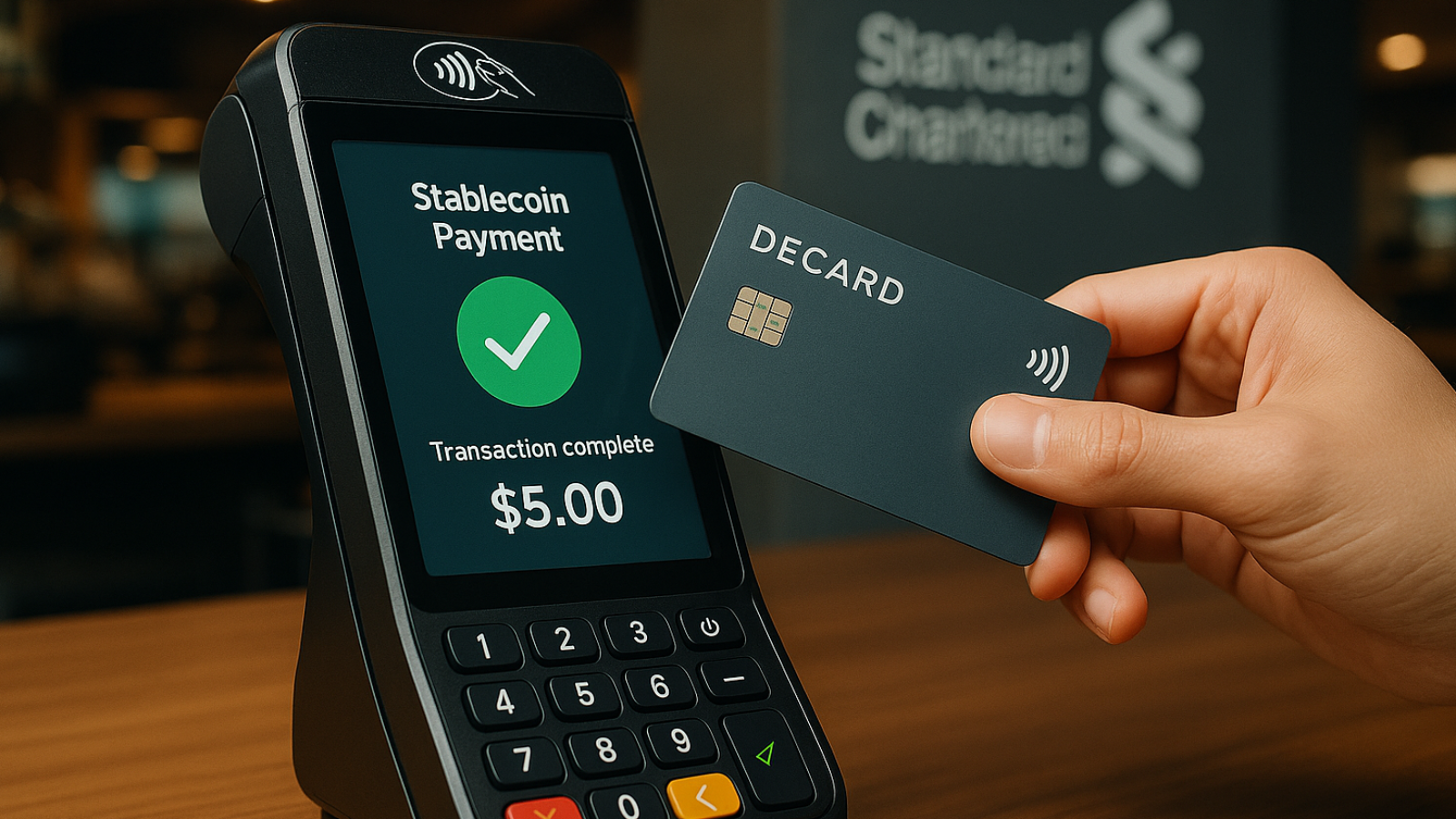




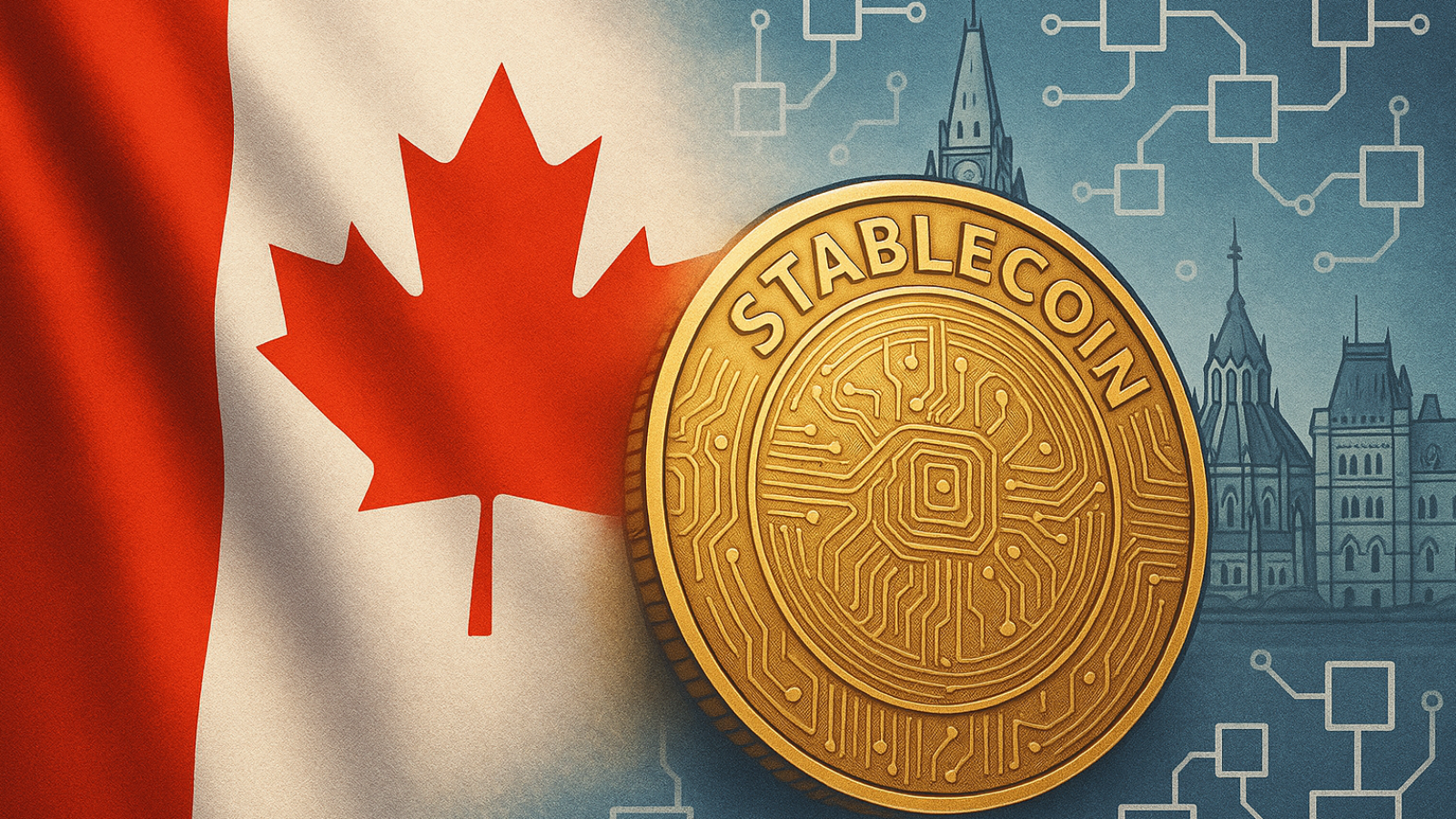
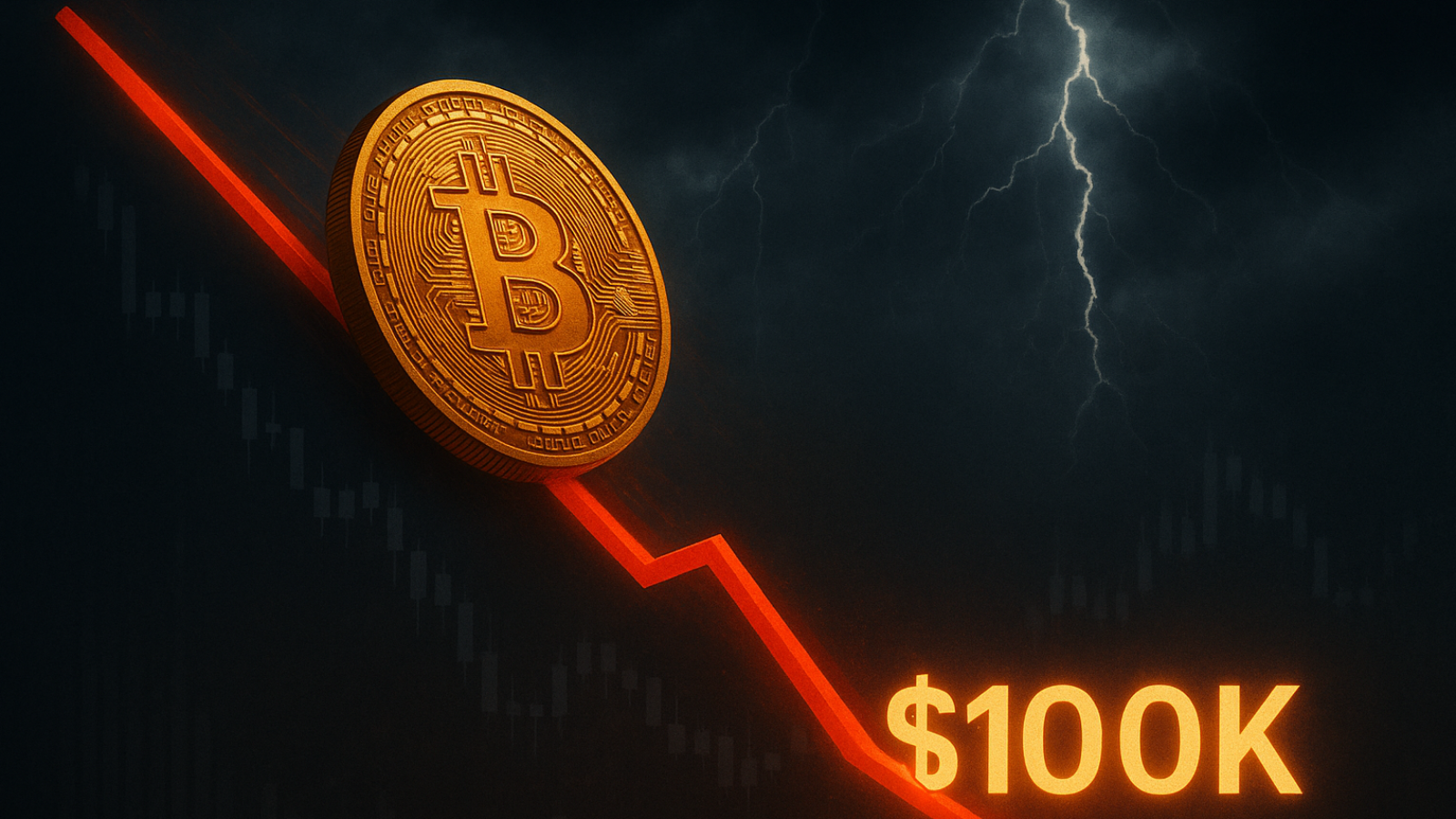




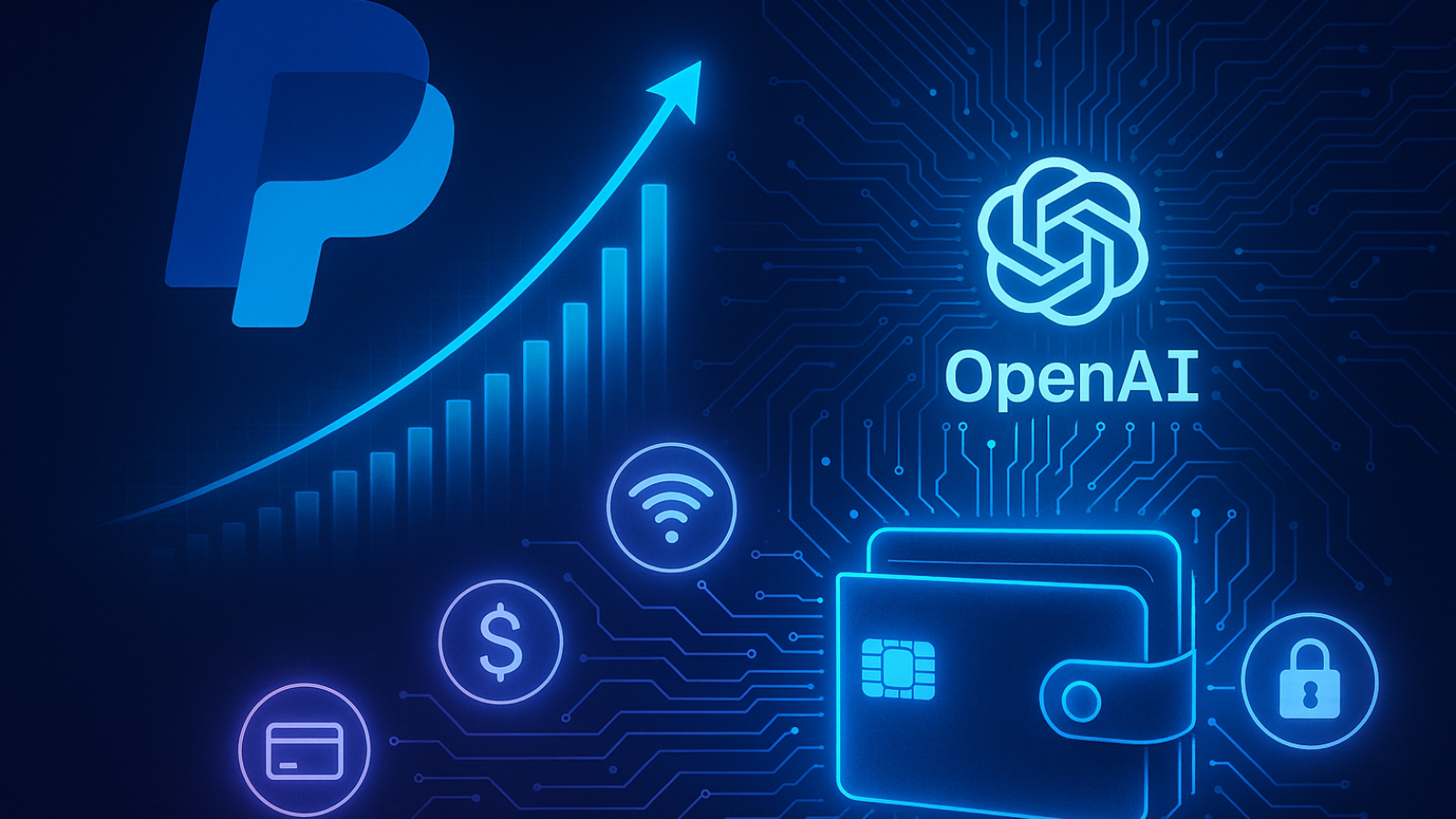









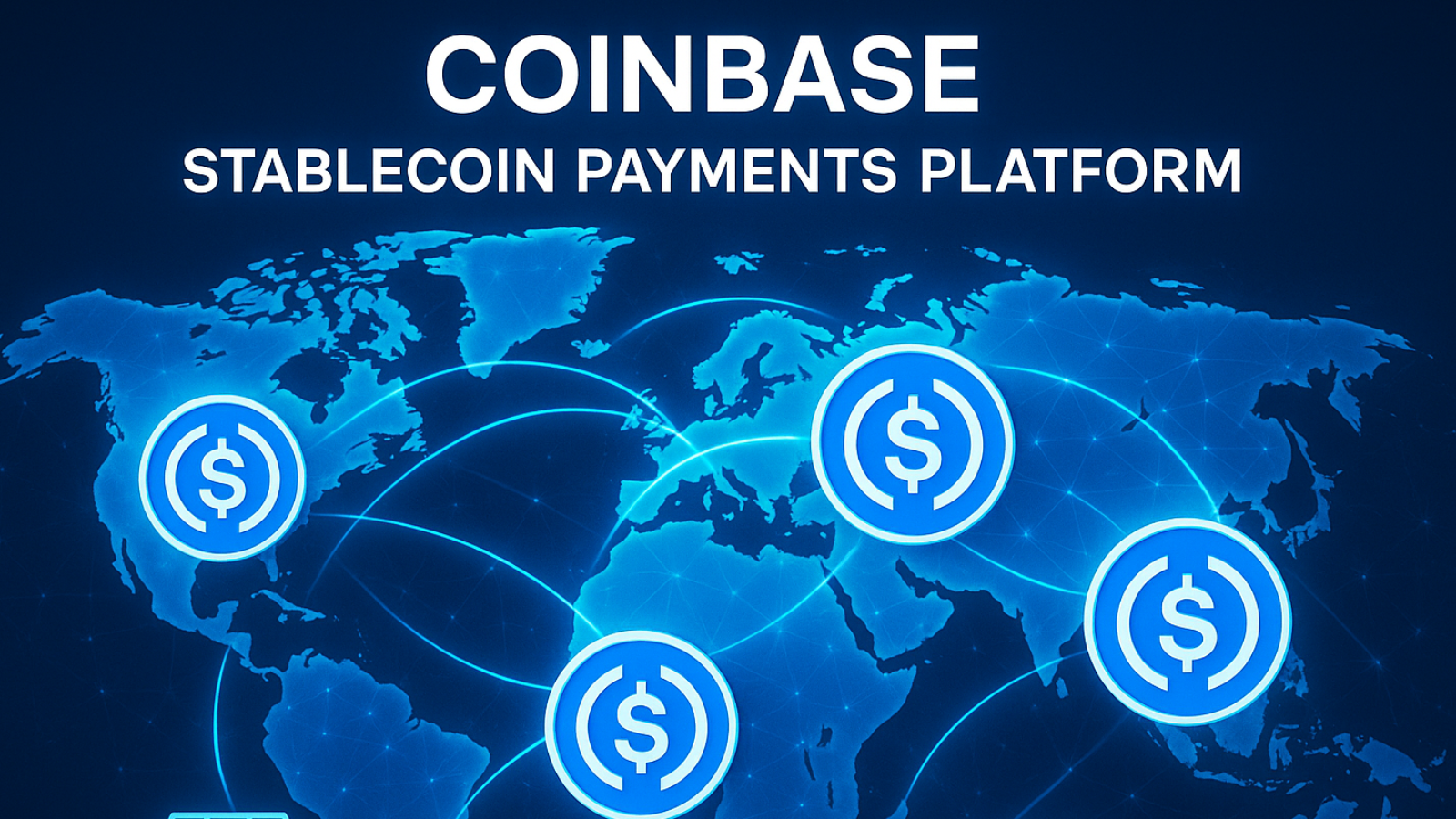



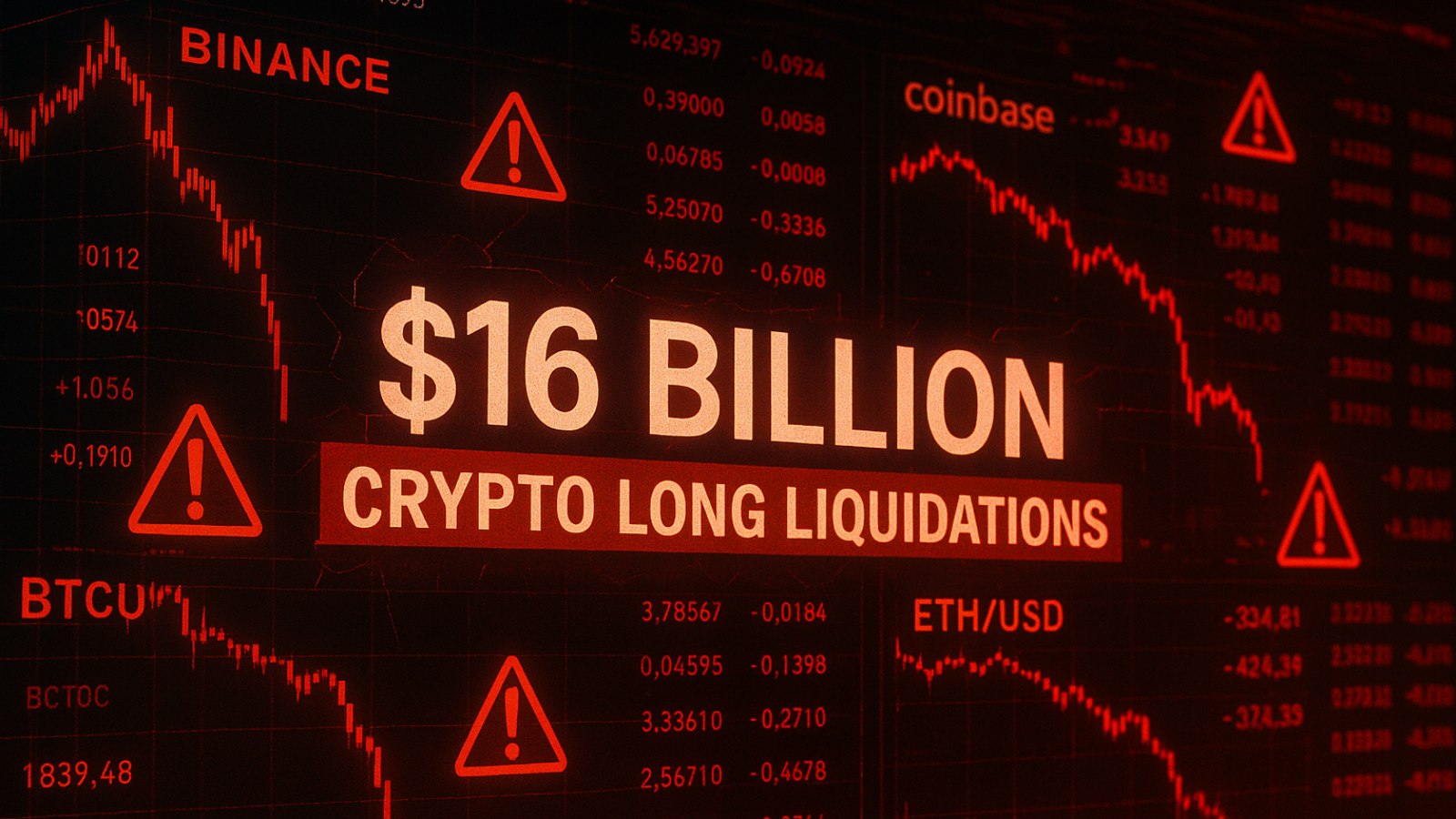
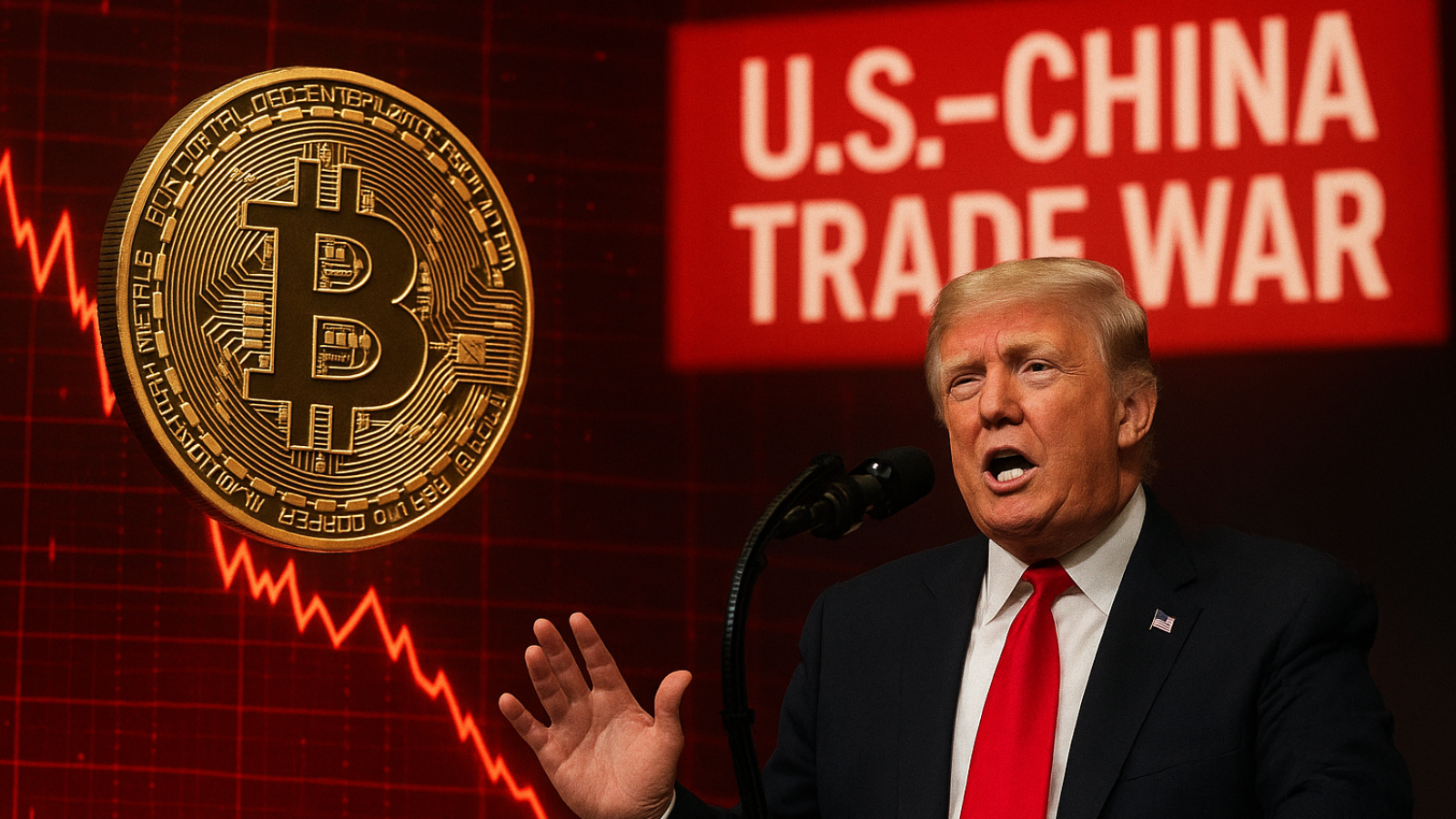



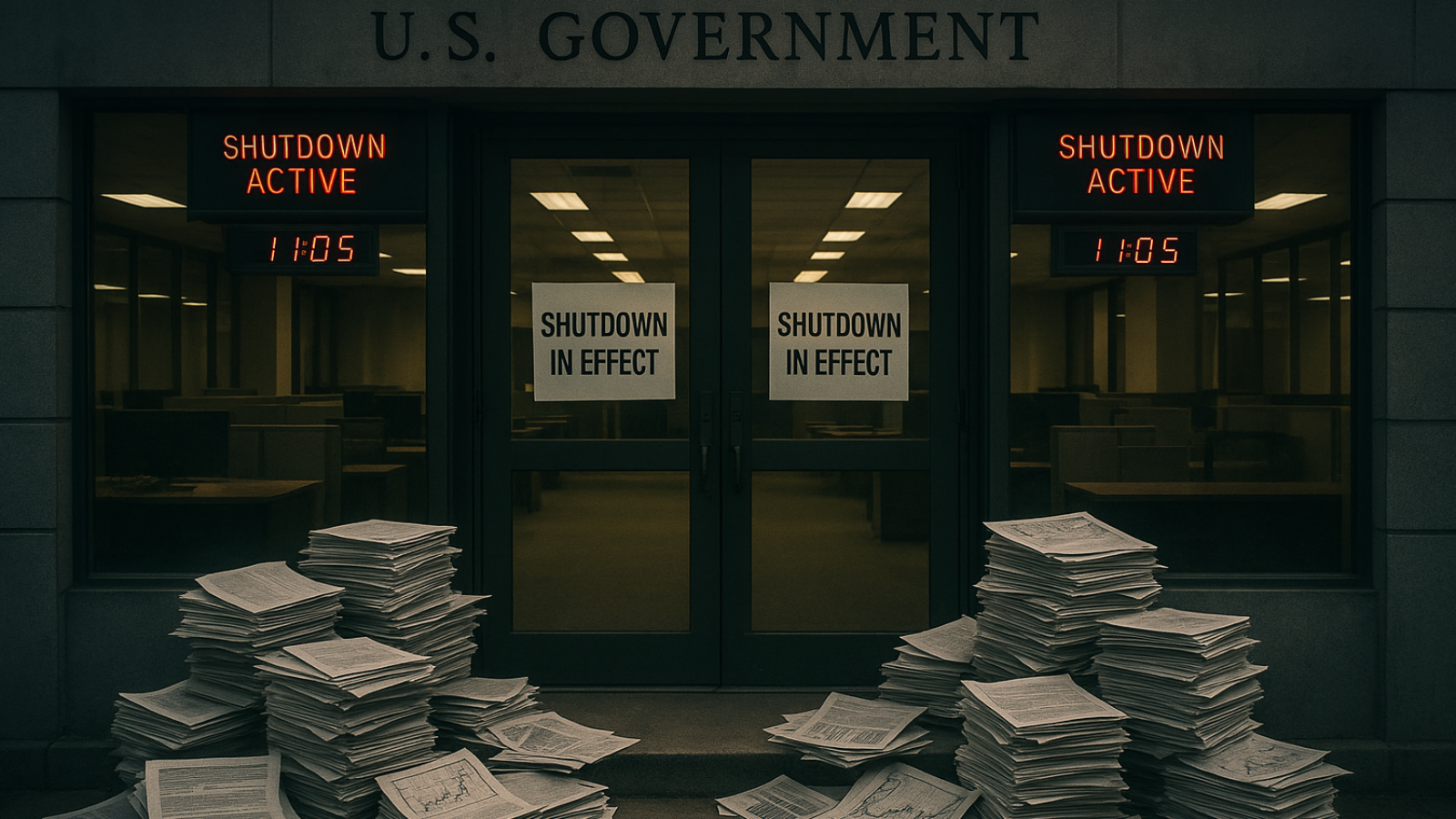
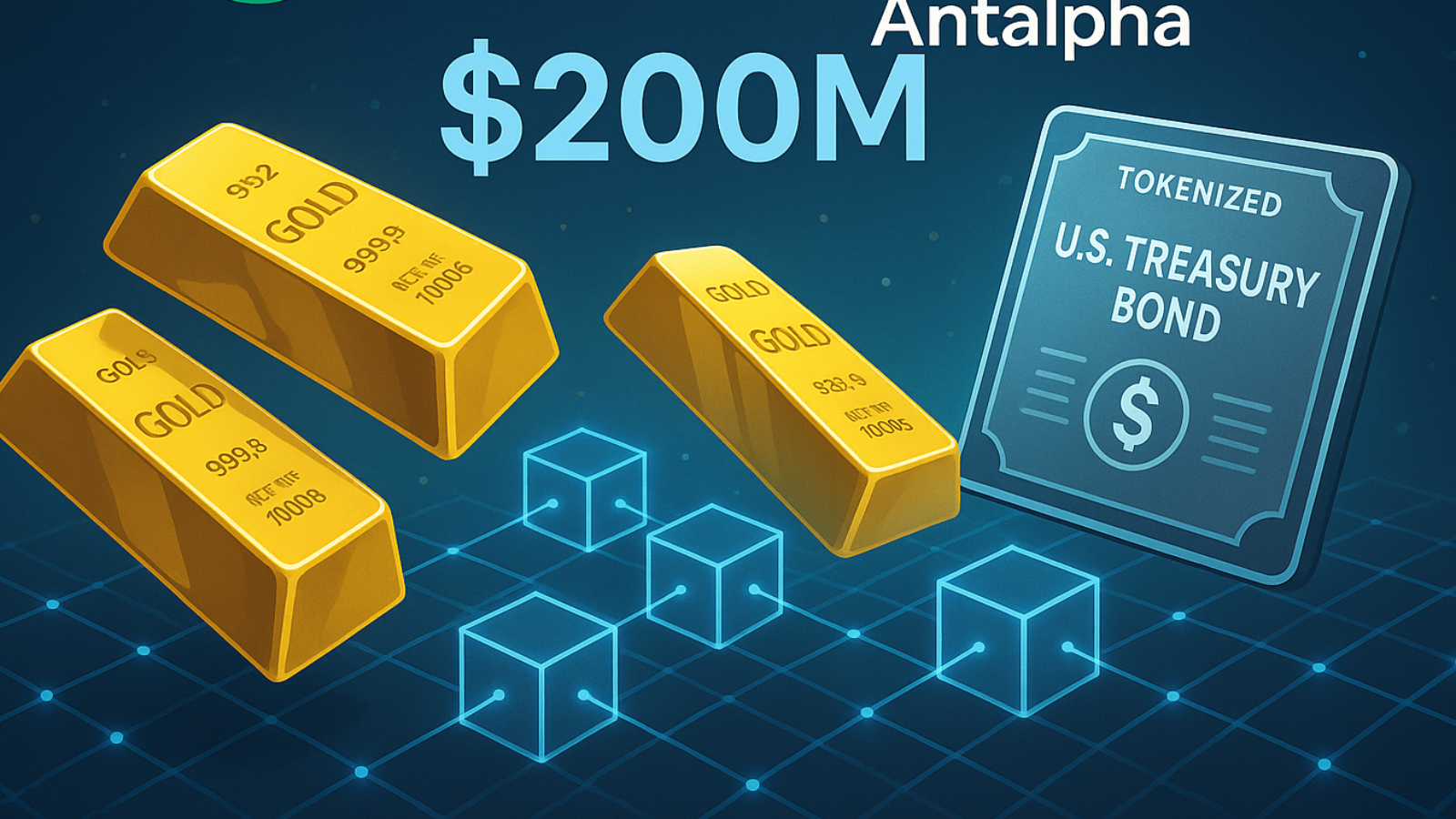
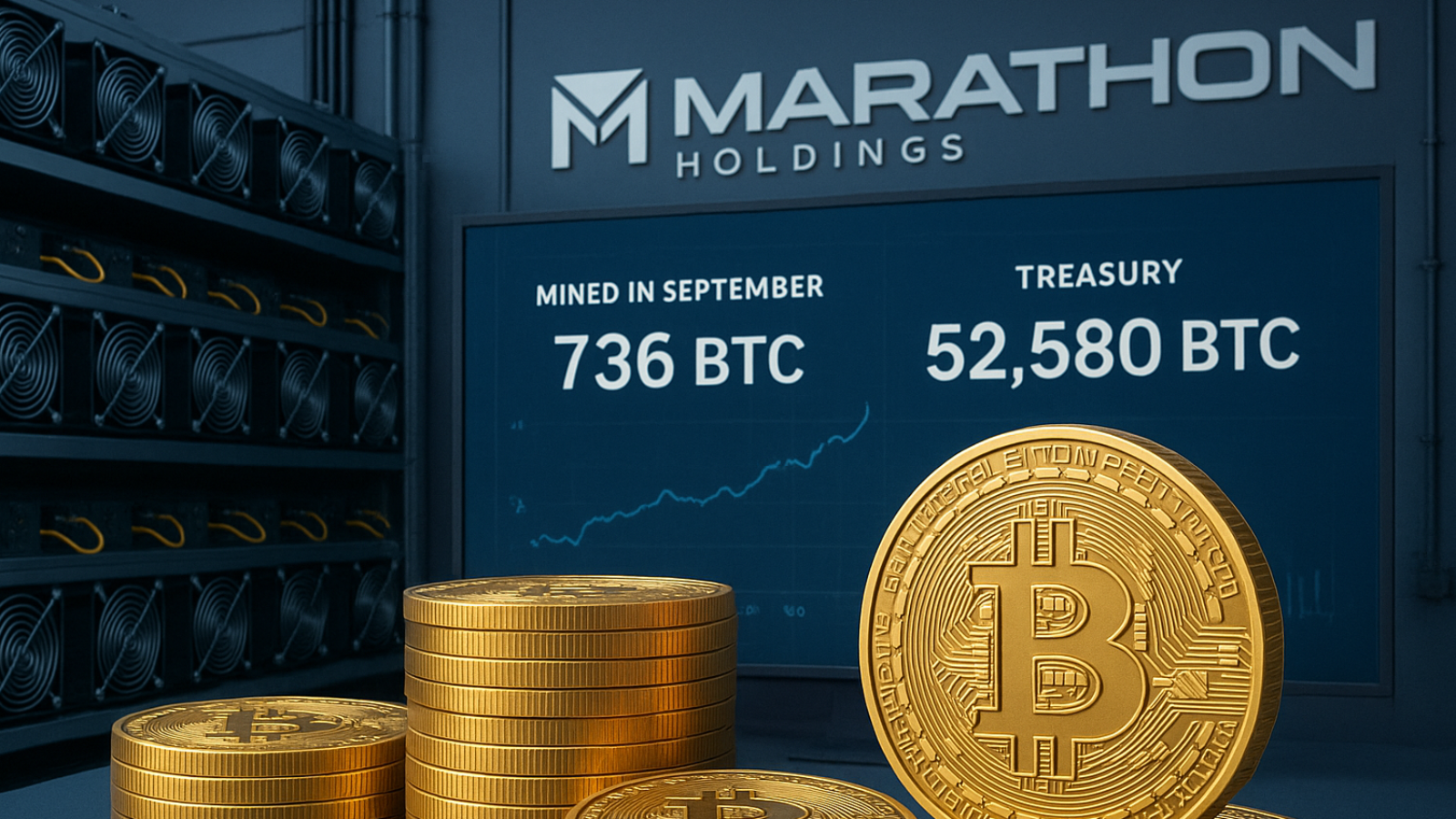

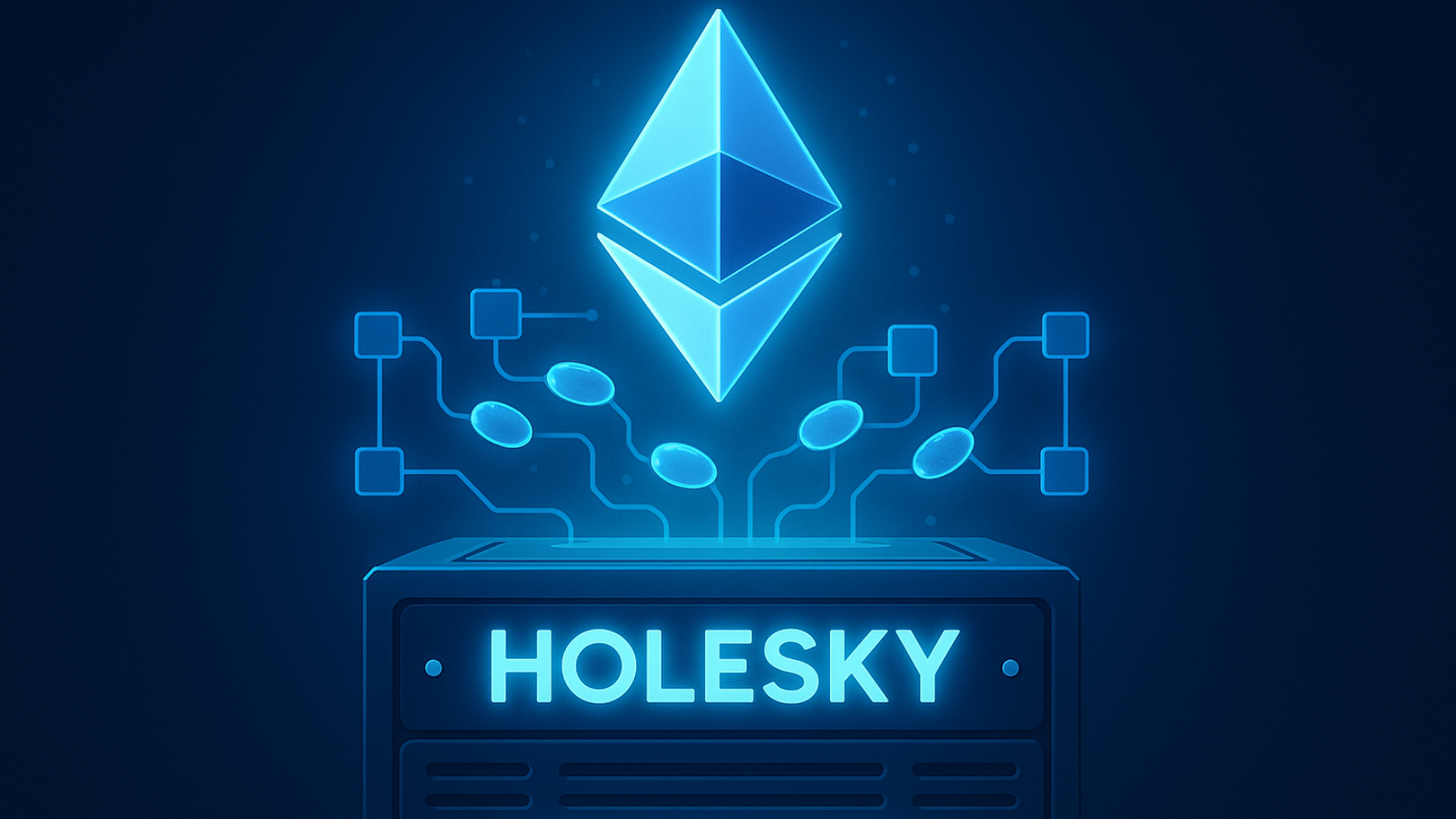


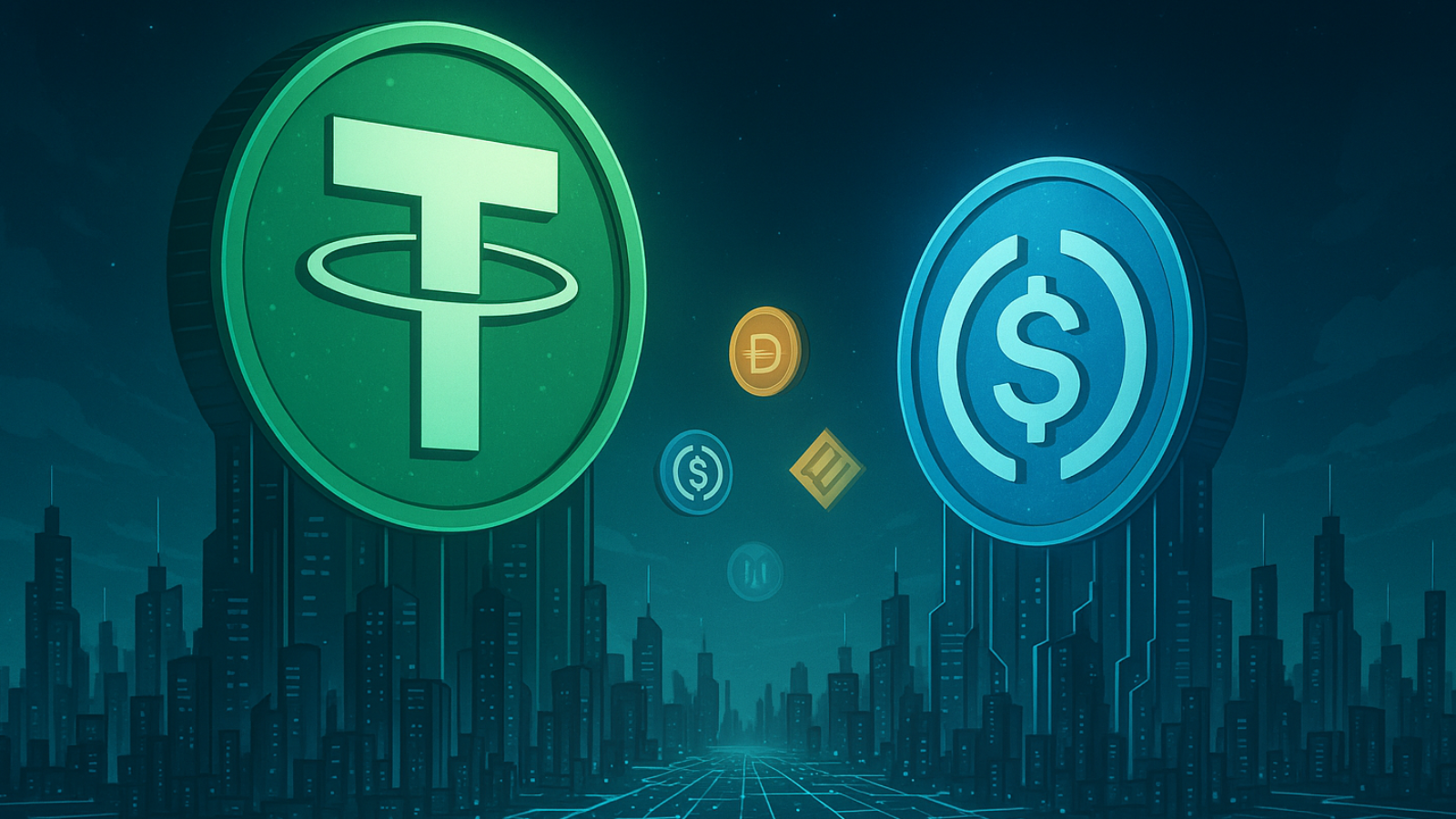

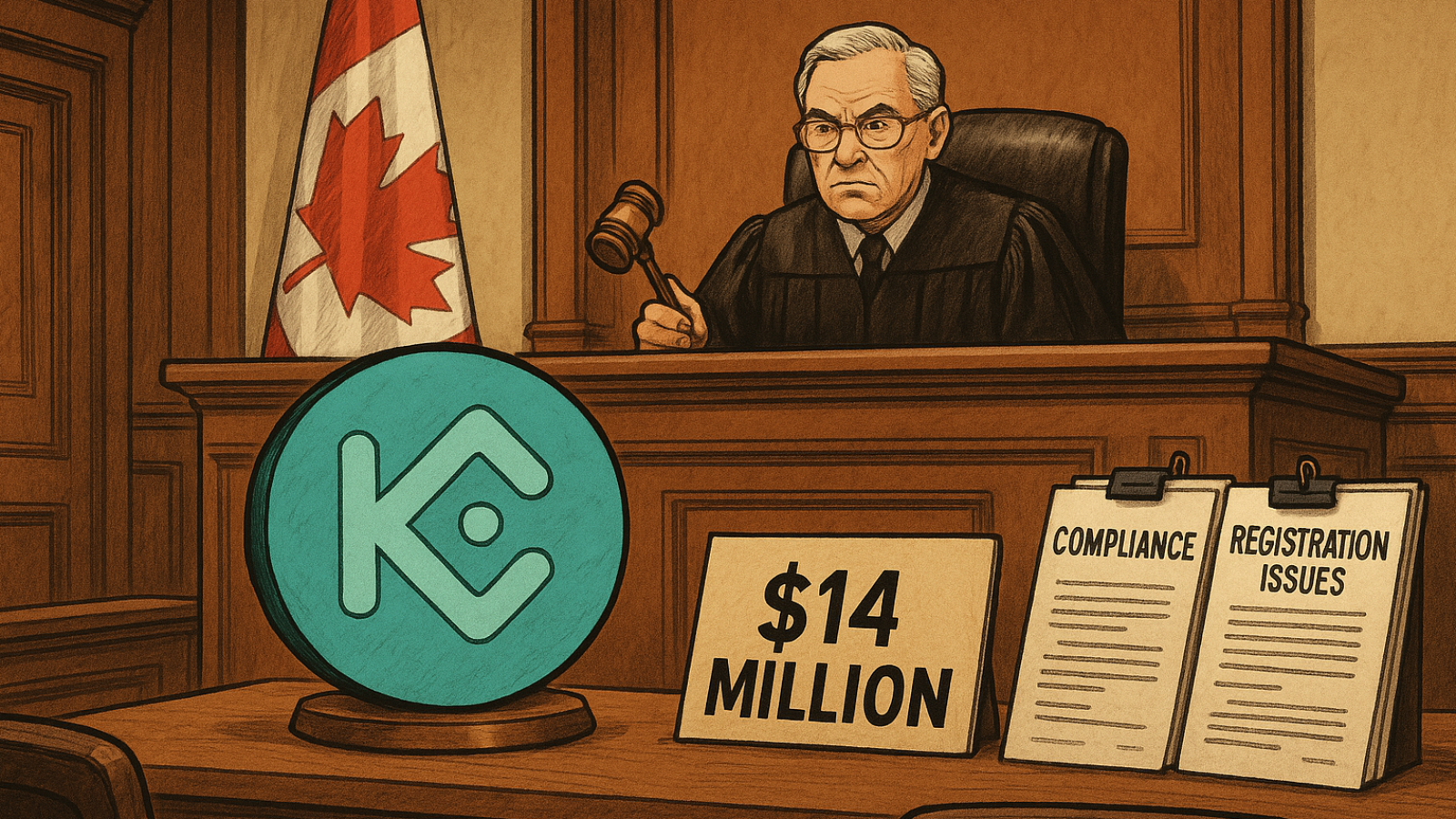
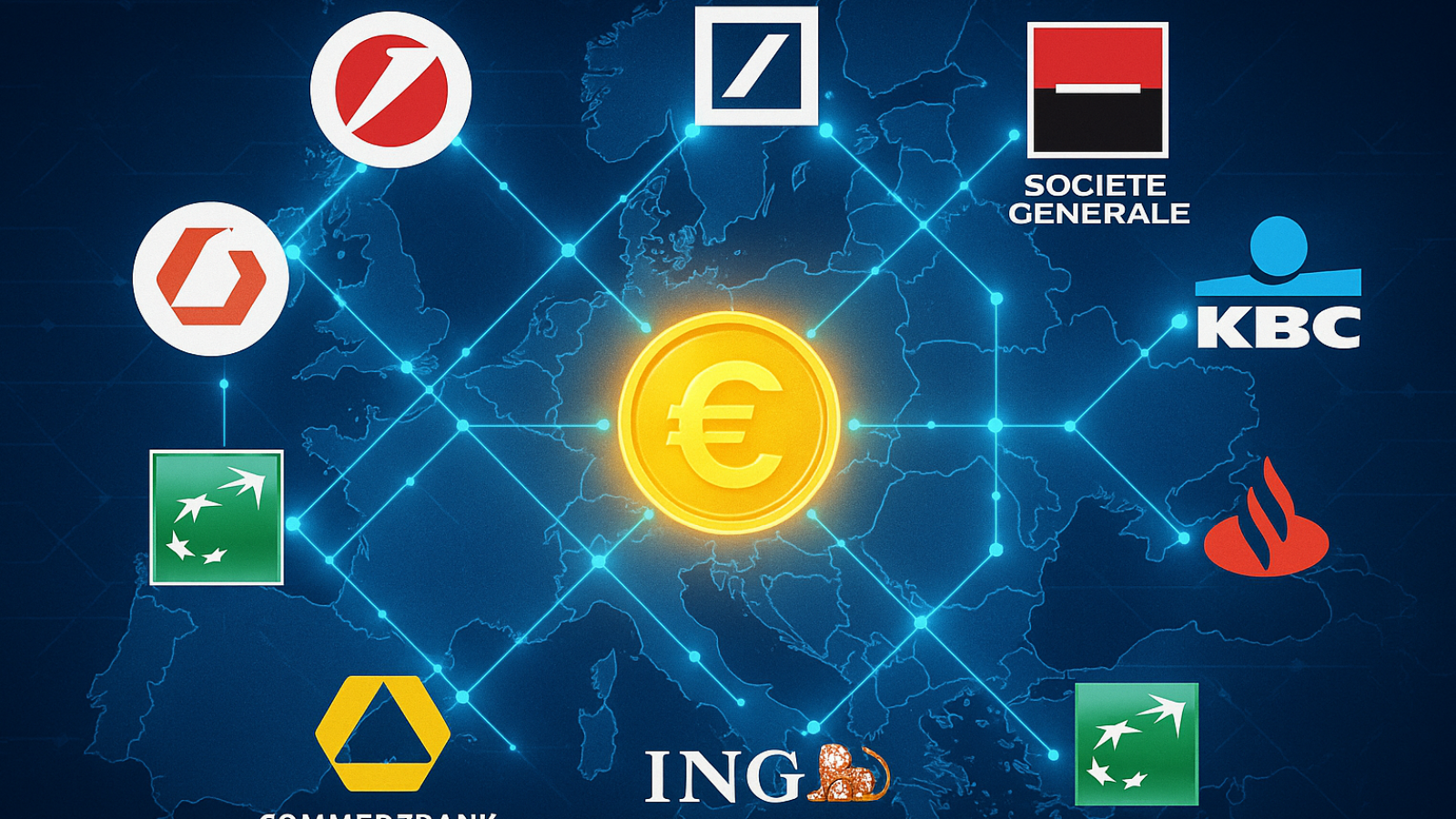





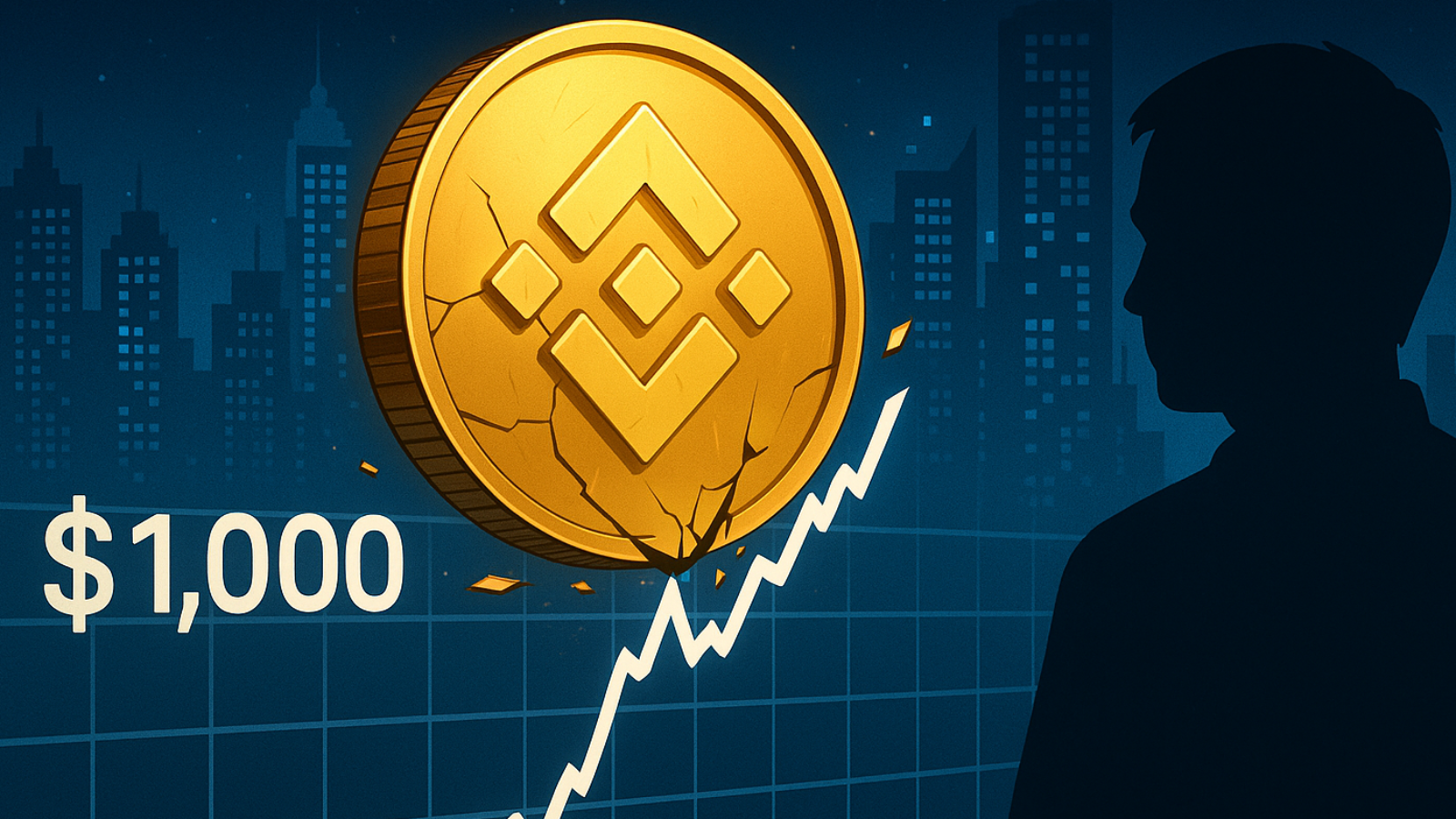


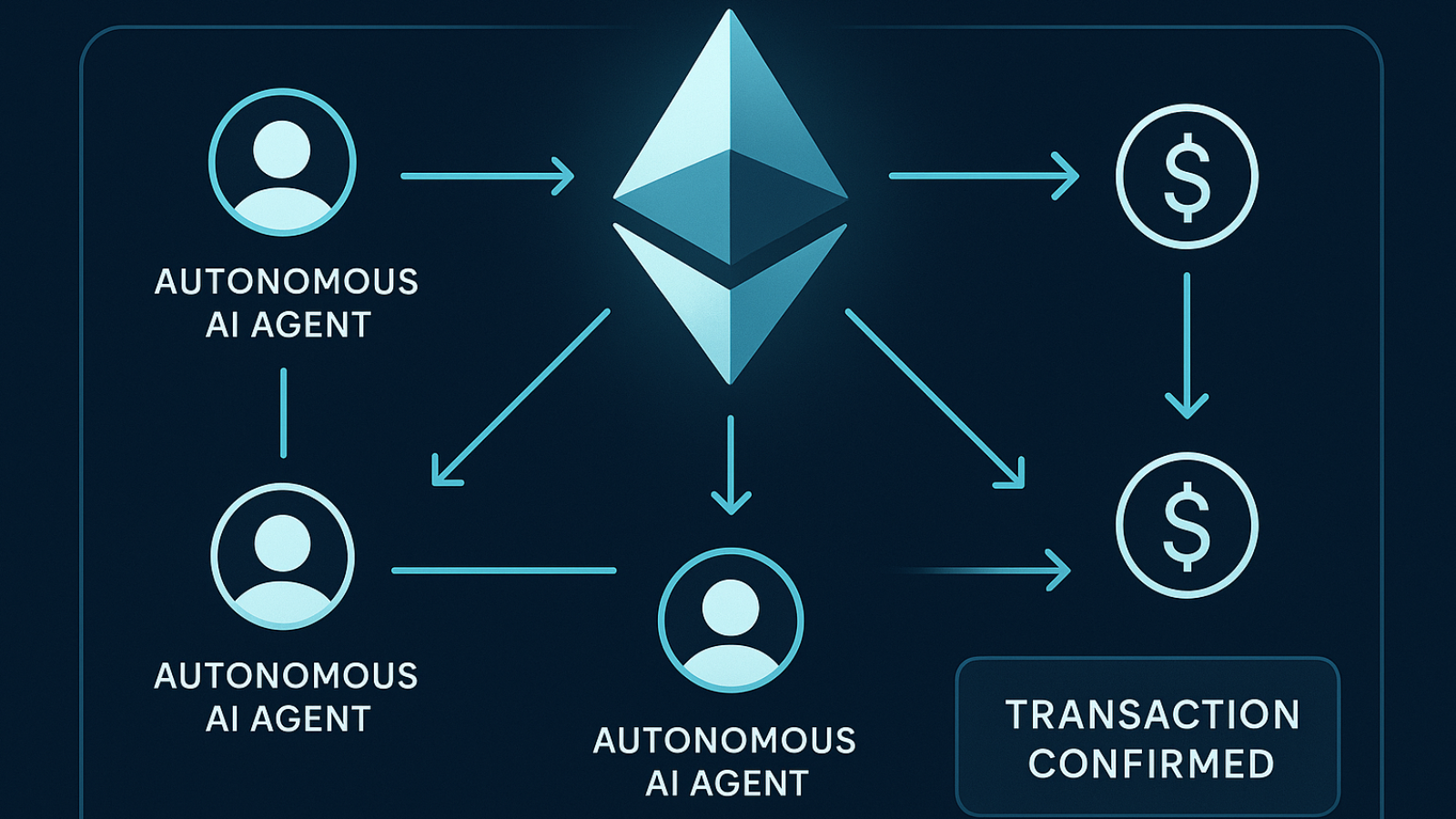



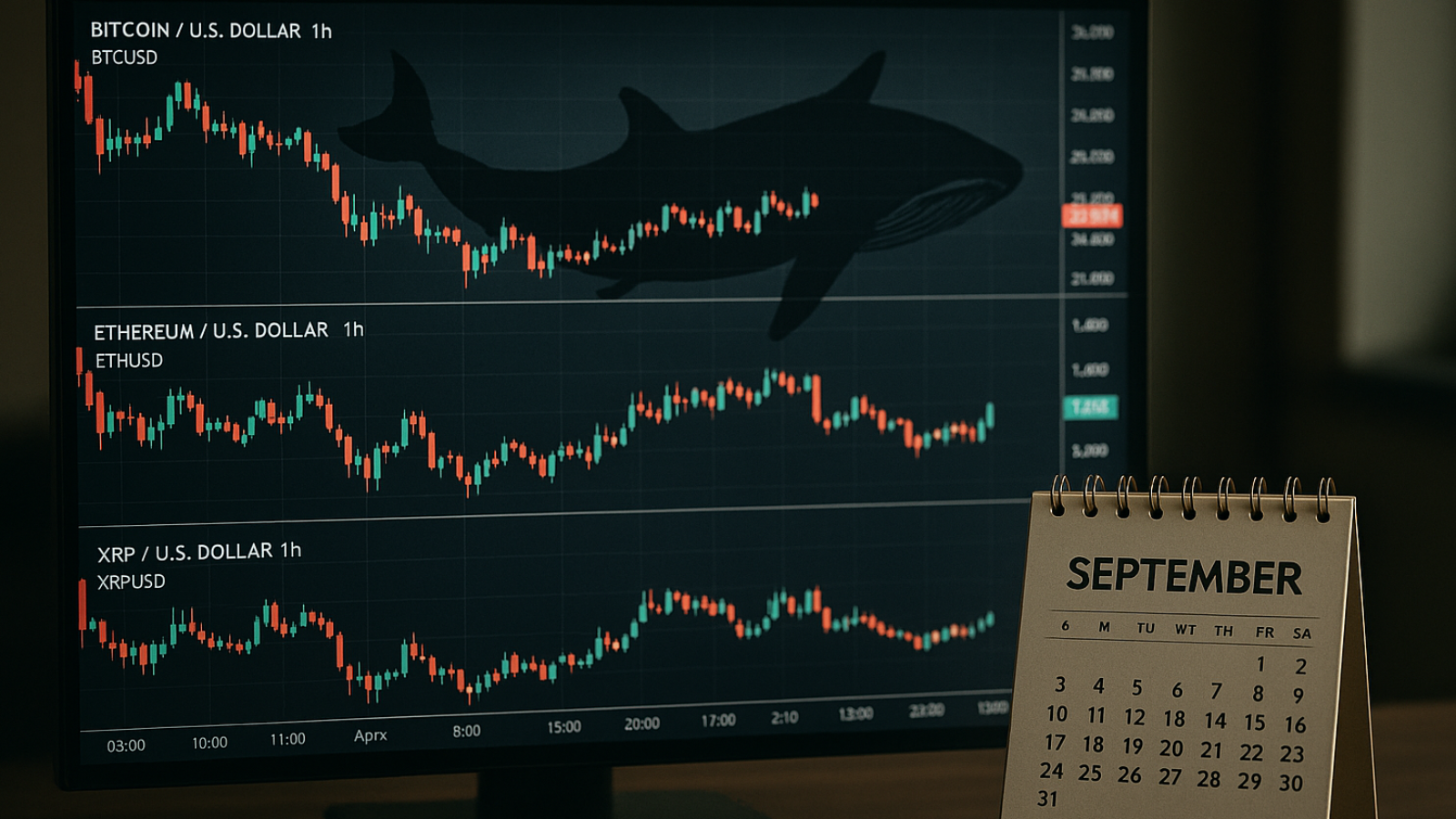





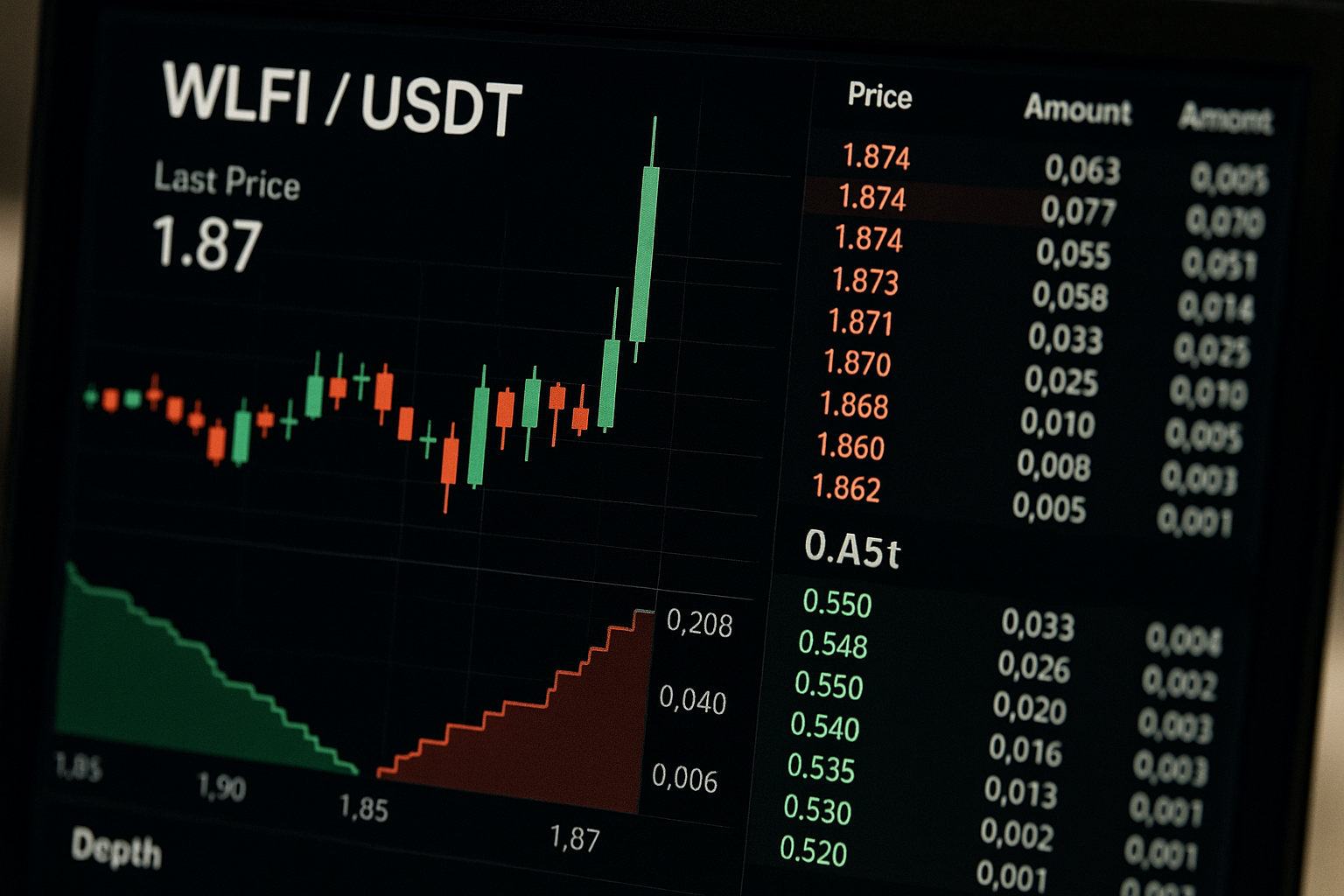


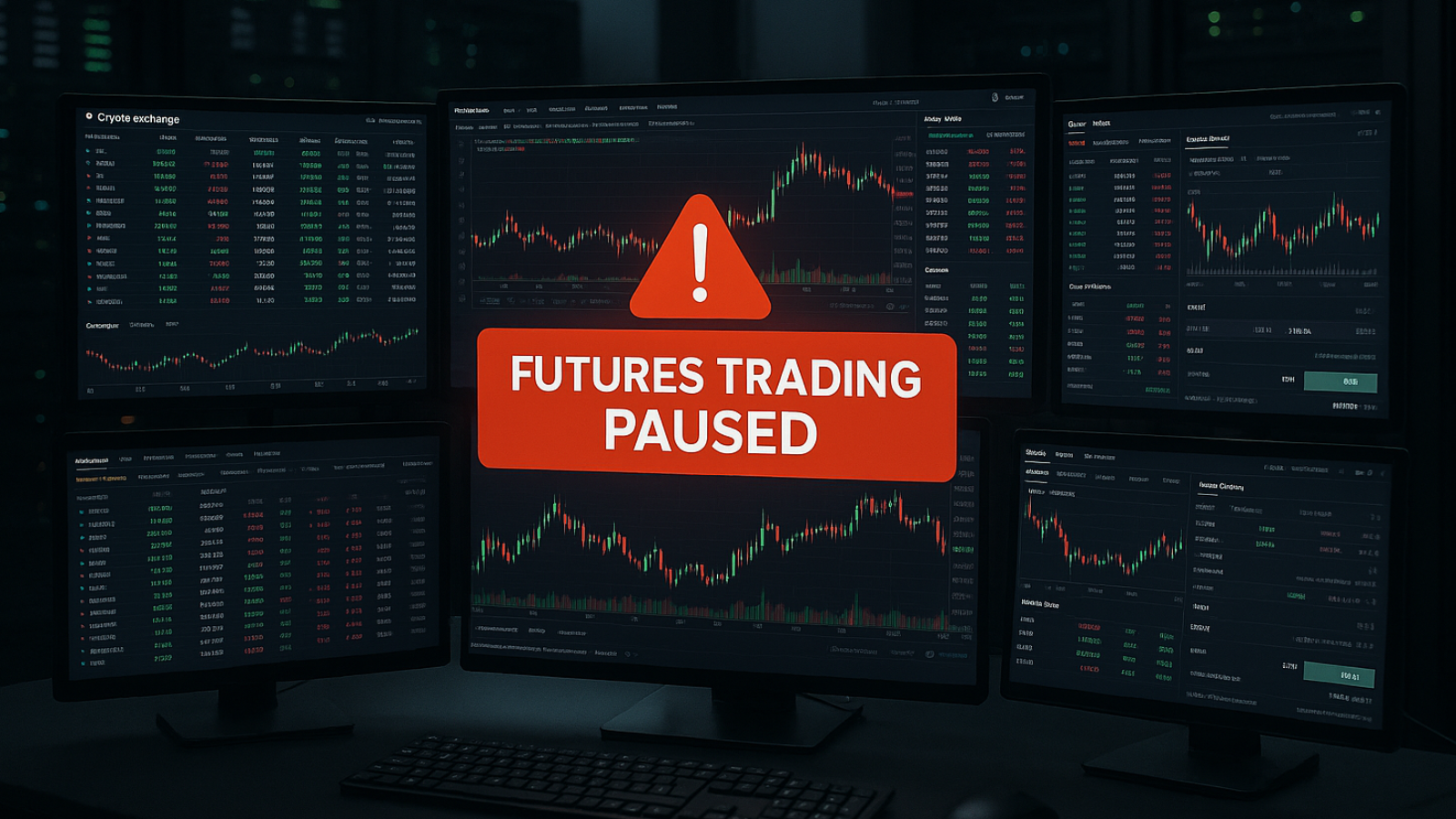


.png)
.png)


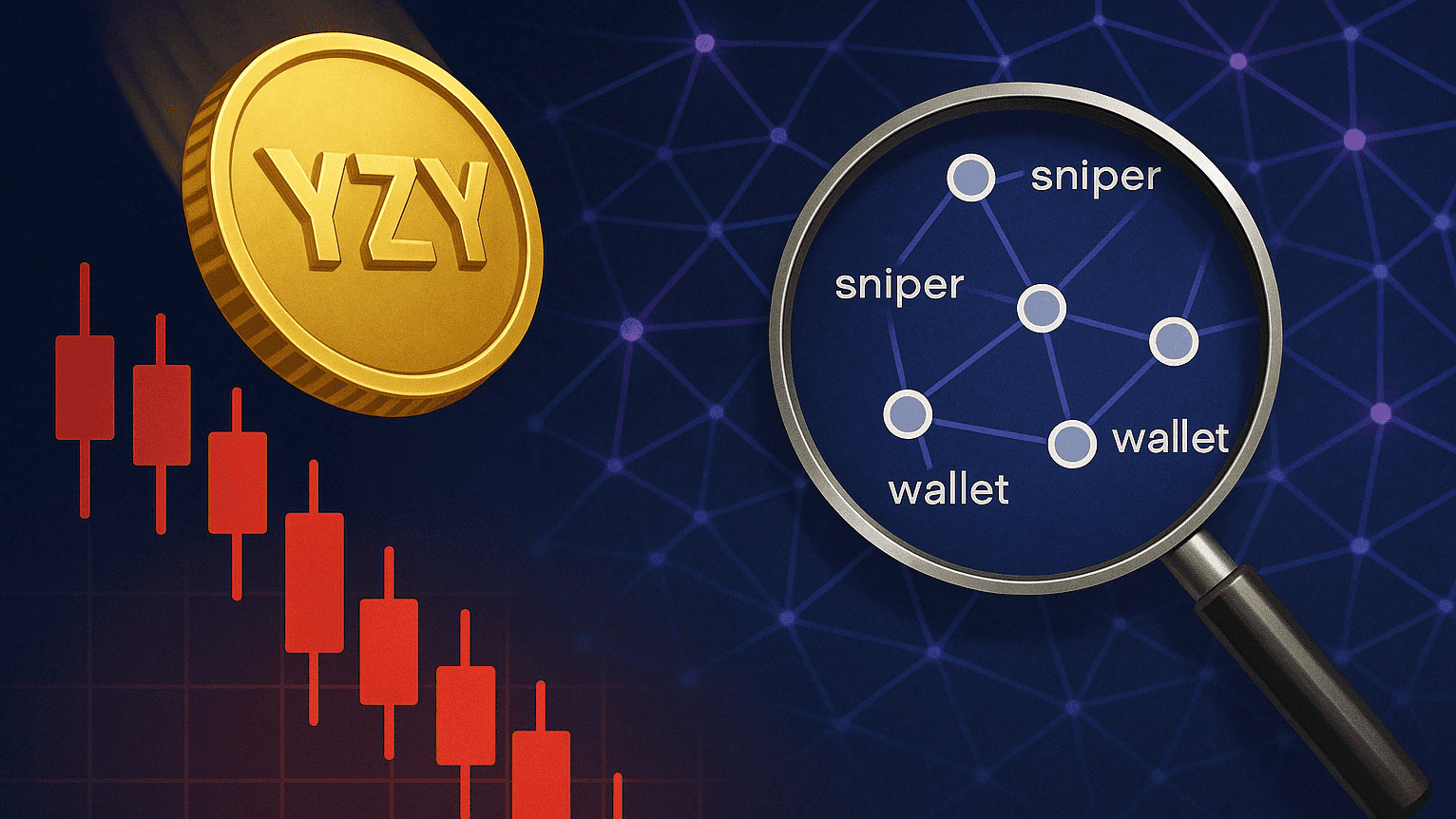
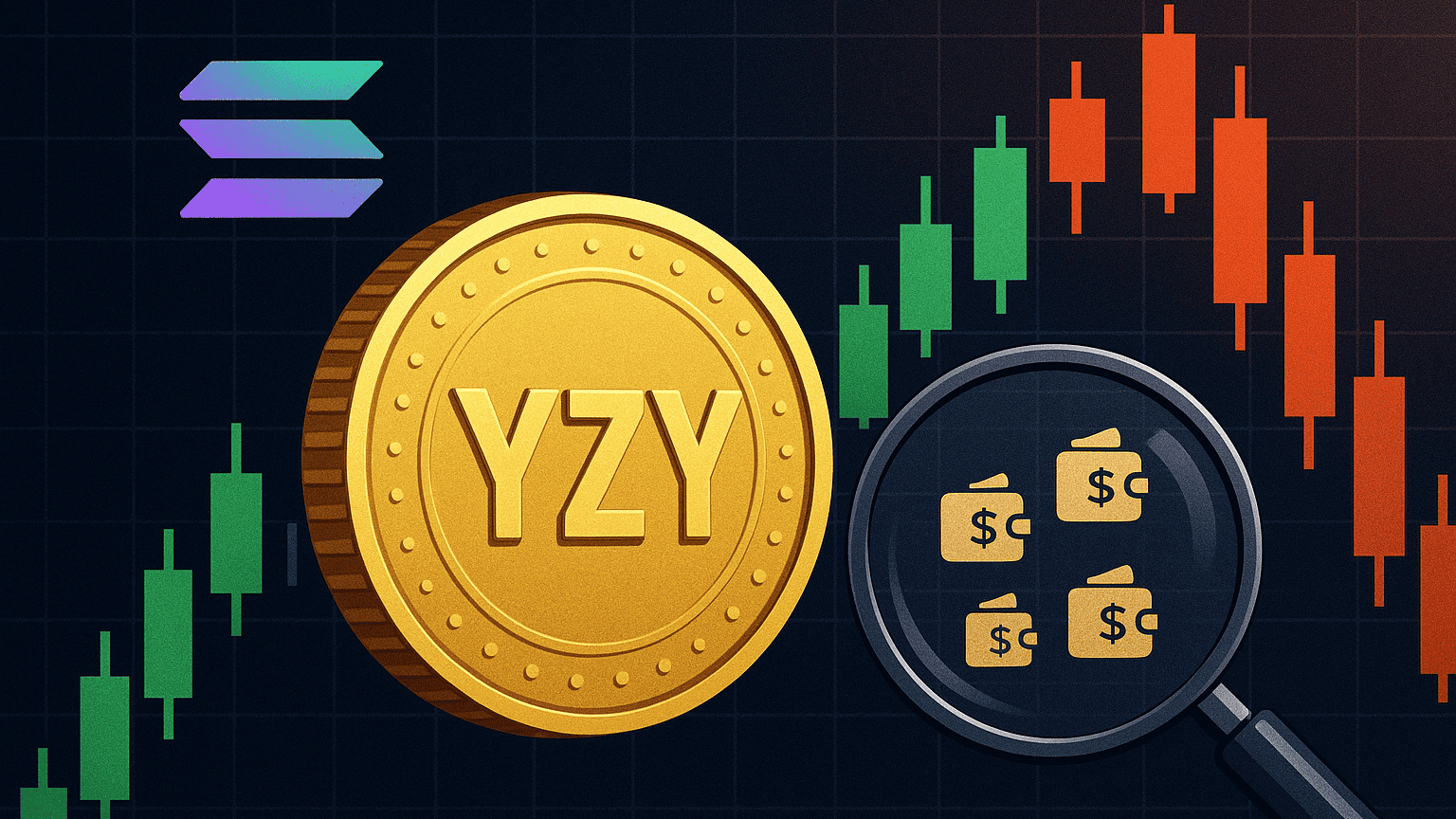





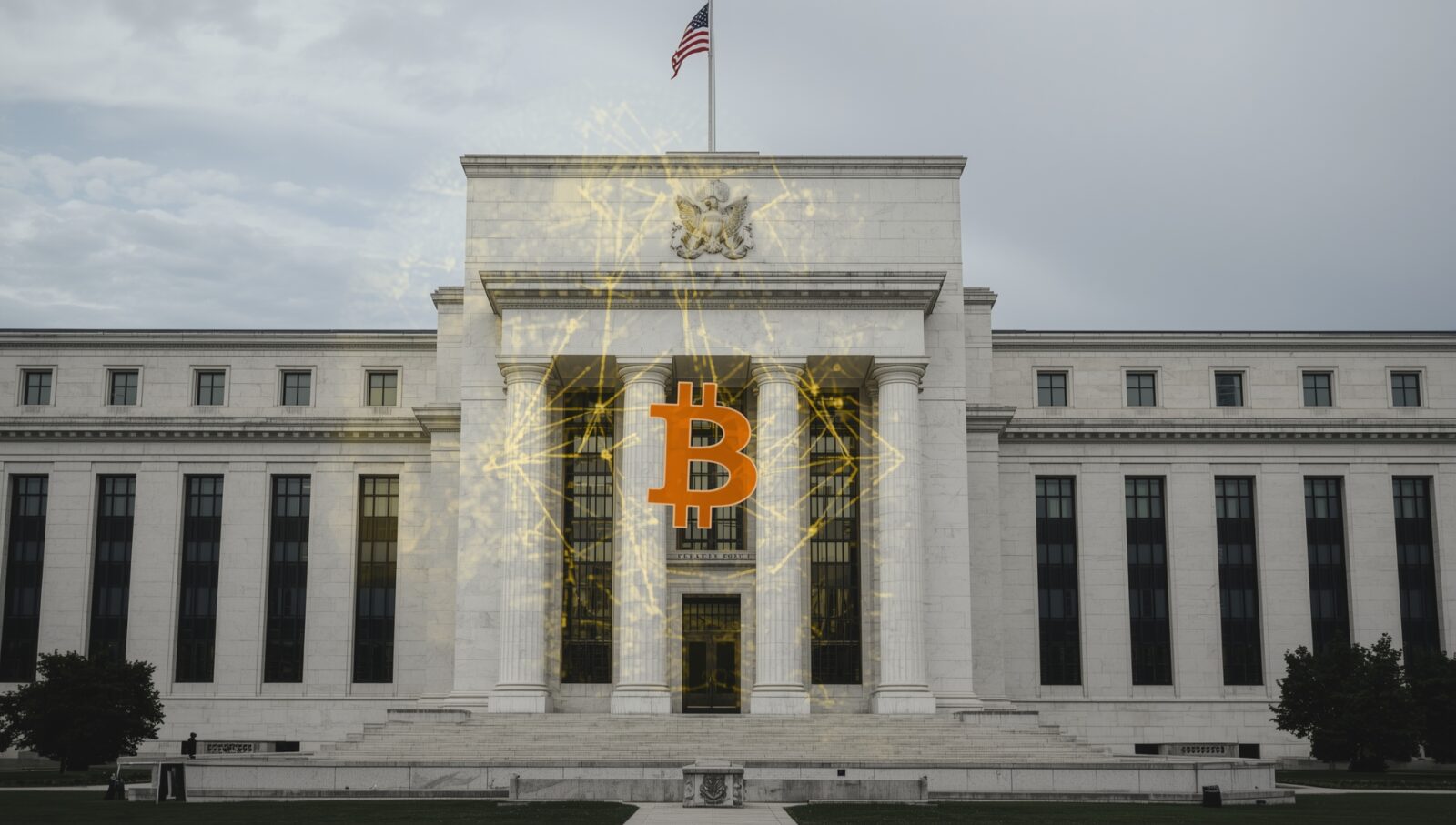
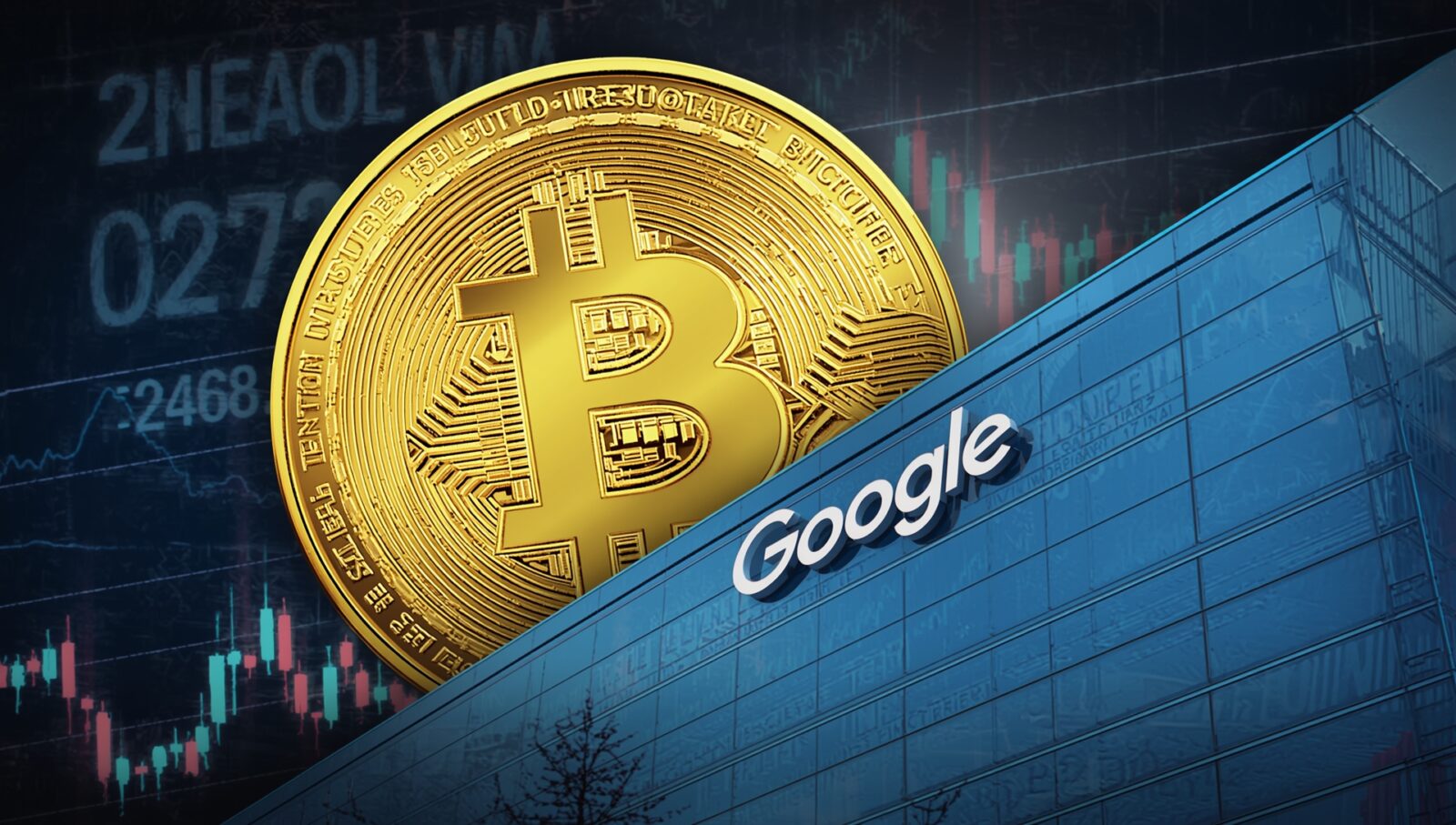


.svg)
.svg)
.svg)
.svg)
.svg)
.svg)